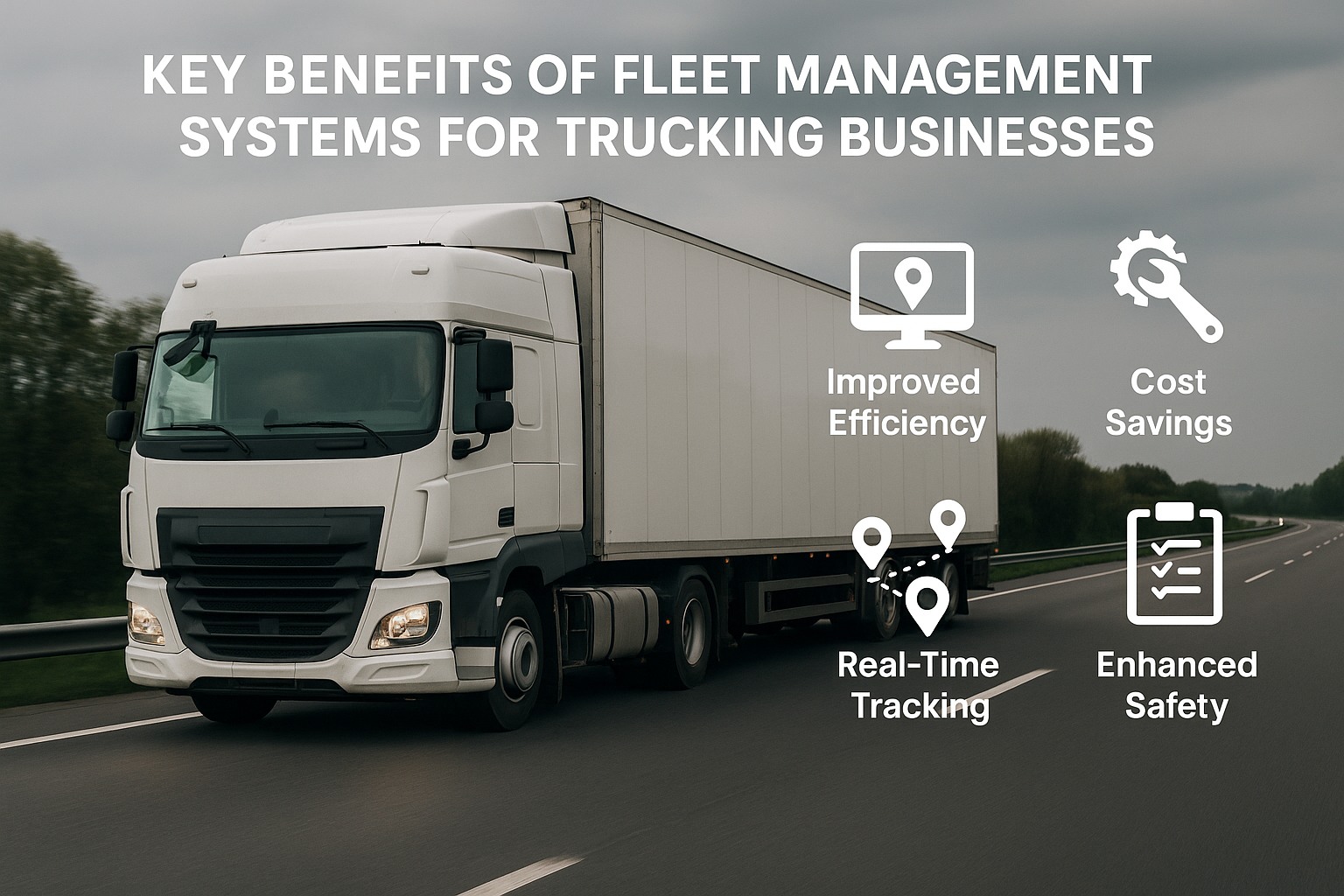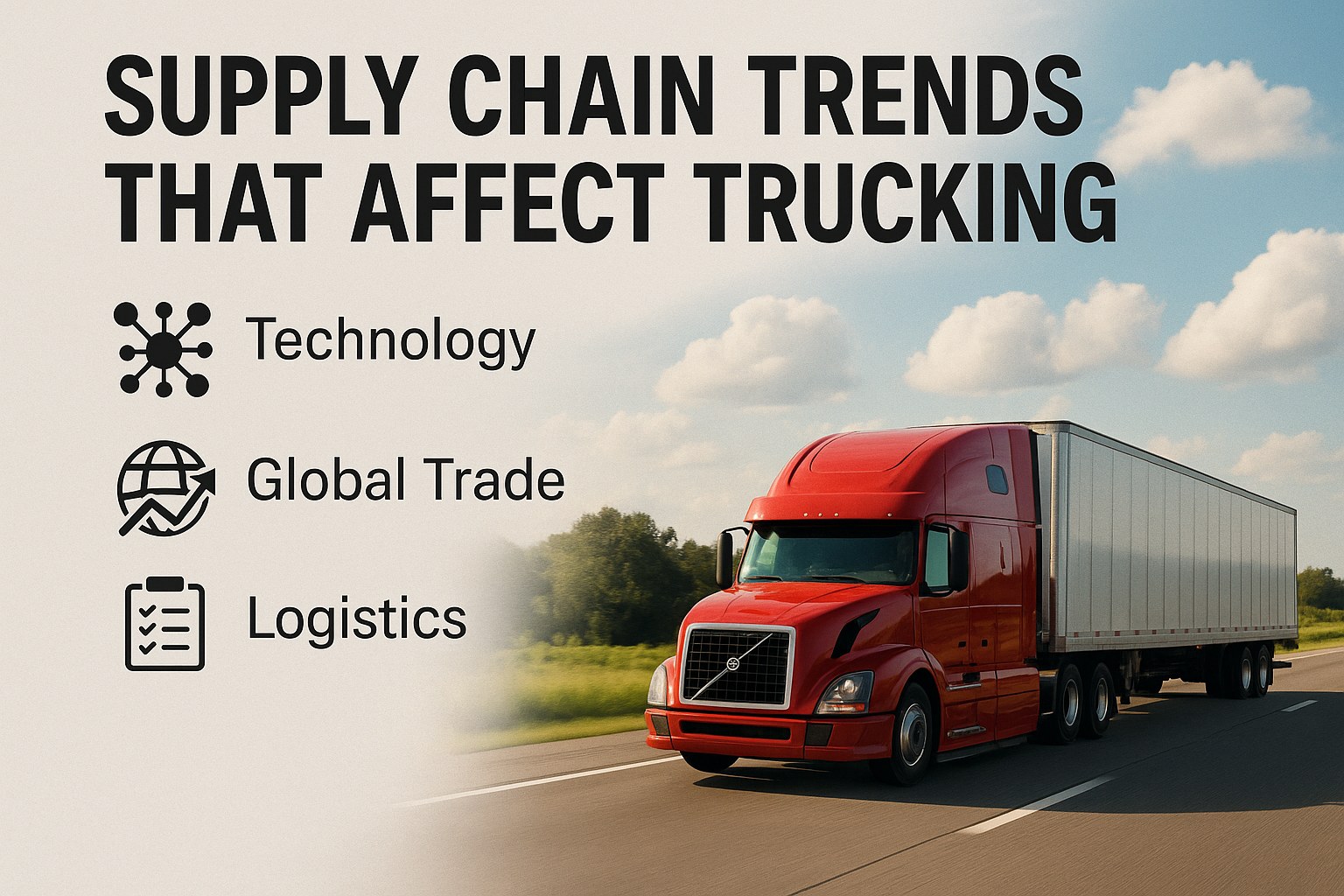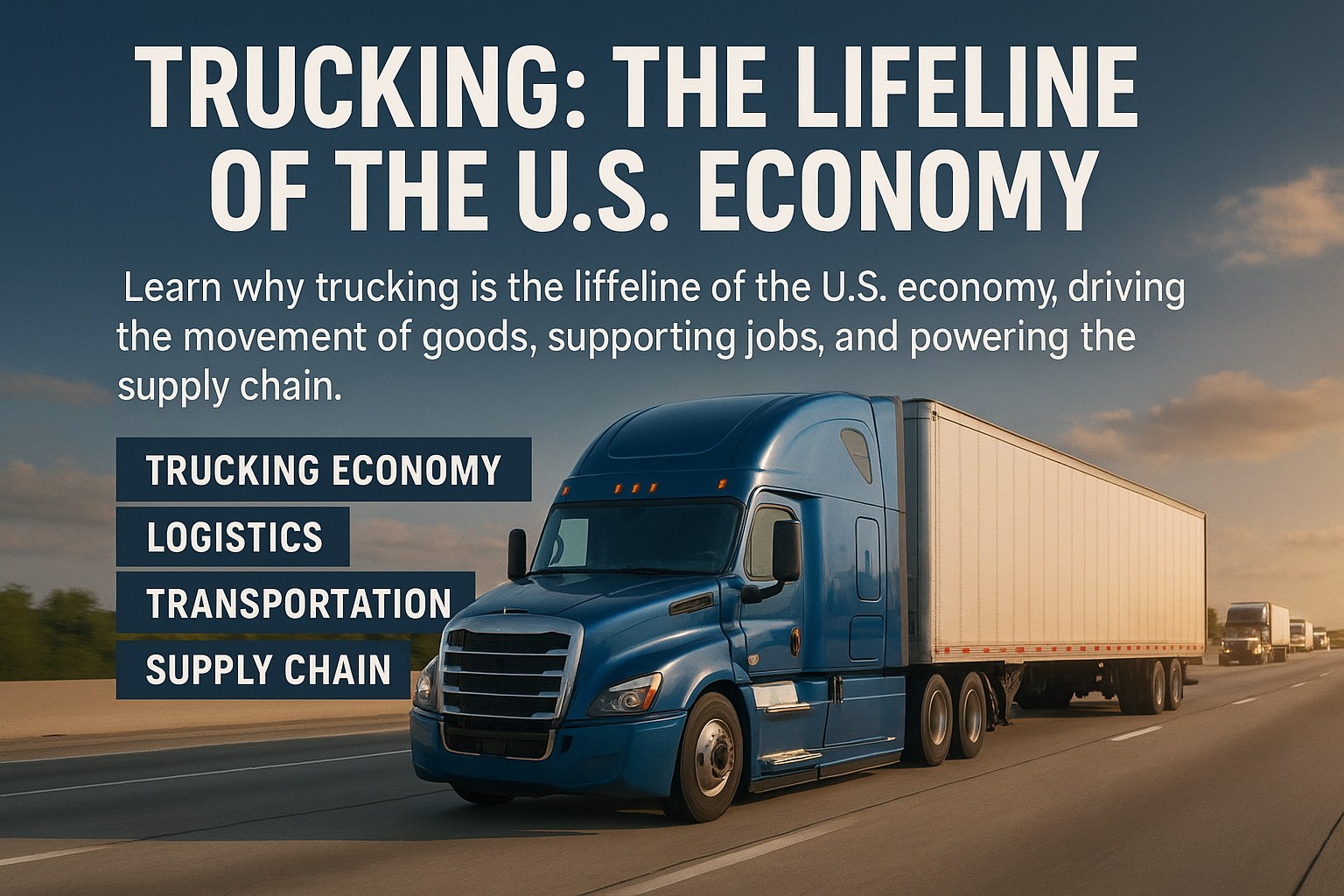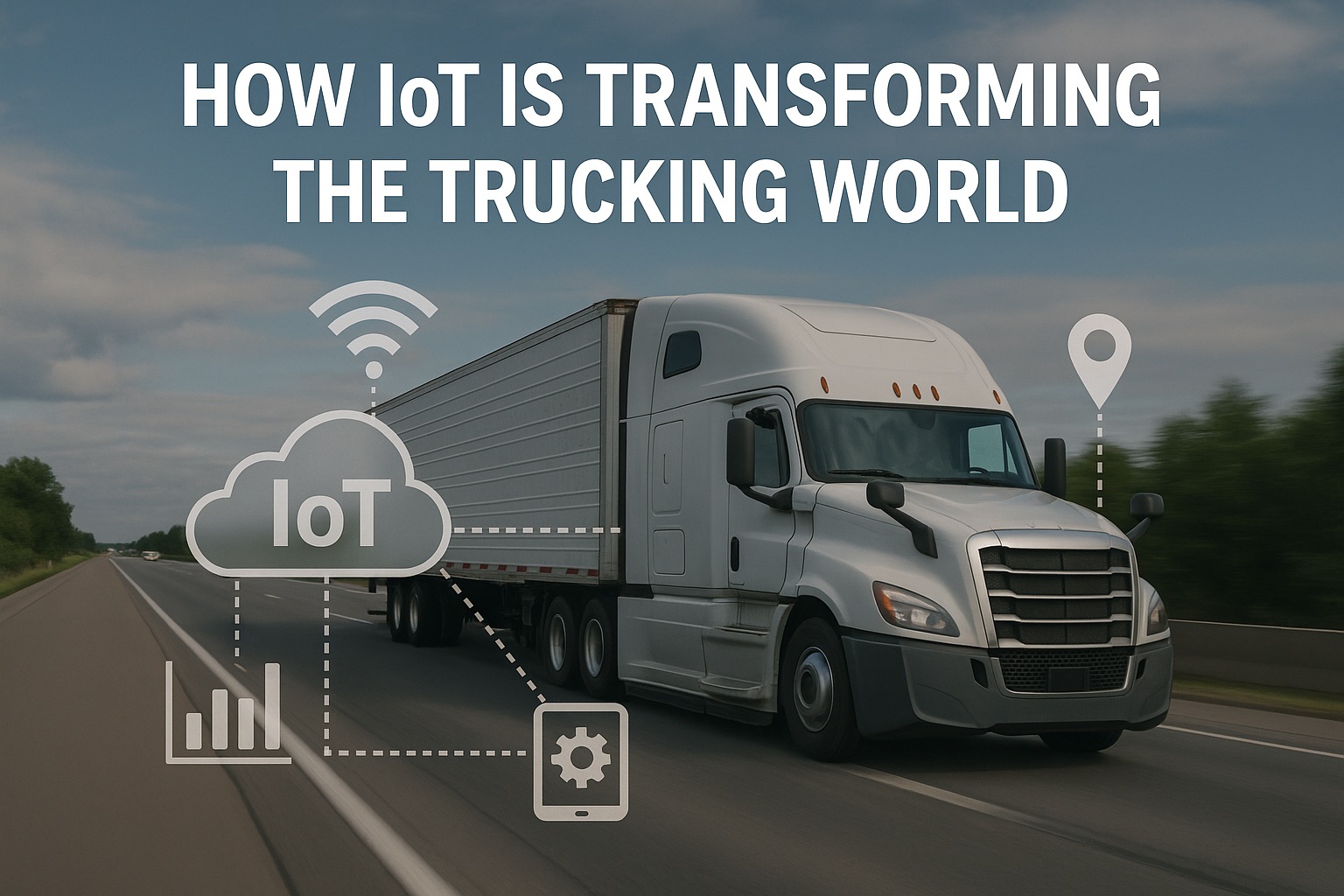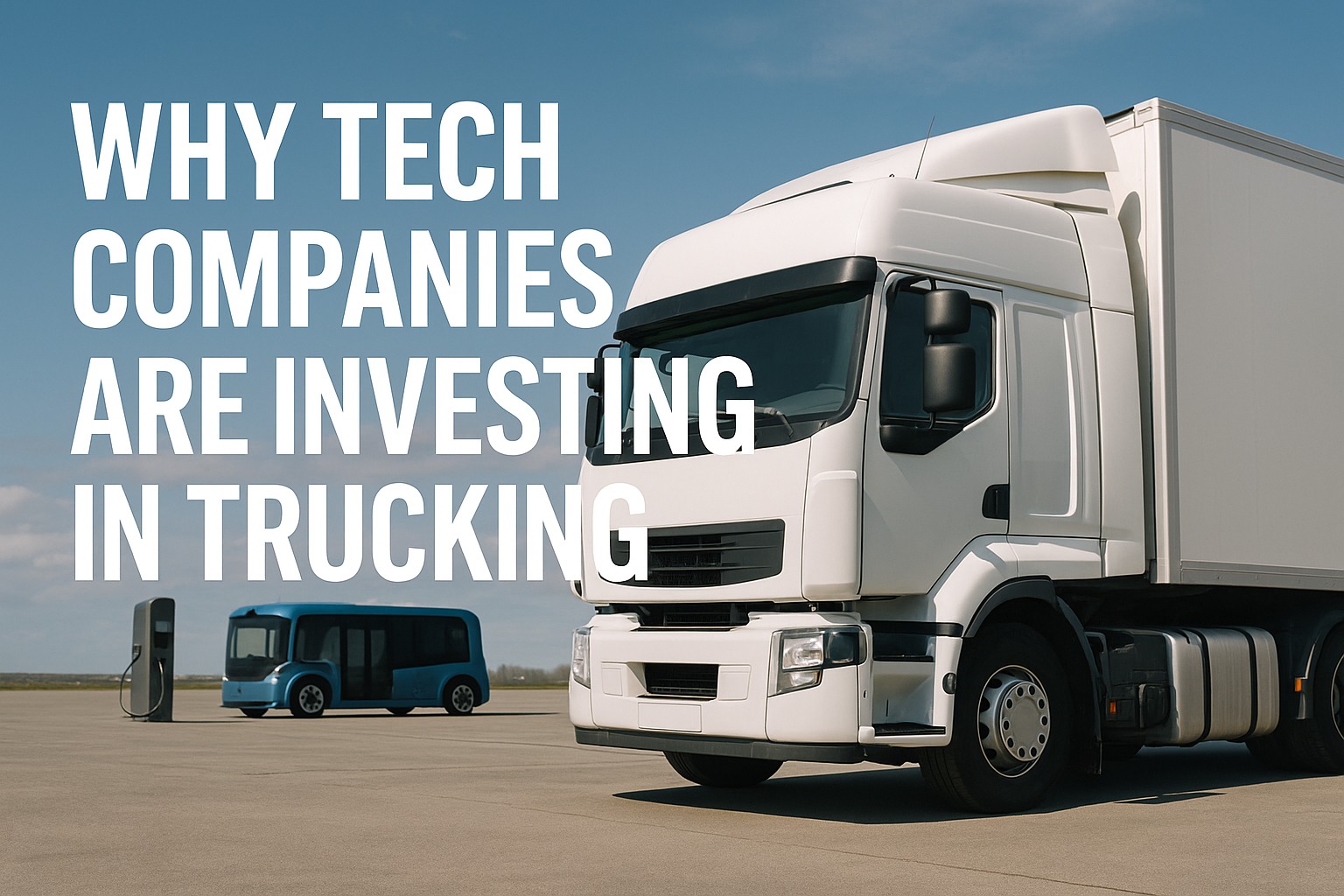The Fleet Management Revolution: Numbers That Matter
Modern fleet management systems deliver measurable returns across every aspect of trucking operations:
35%
Fuel savings
$1,500
Monthly savings per truck
40%
Less maintenance costs
95%
On-time deliveries
Core Benefits That Drive ROI
1. Real-Time GPS Tracking & Route Optimization
Highest ImpactFeatures: Live vehicle tracking, traffic updates, dynamic rerouting, geofencing
Technology: Satellite GPS, AI-powered algorithms, mobile integration
Investment: $50-100 per vehicle monthly
2. Predictive Maintenance Management
Cost PreventerCapabilities: Engine diagnostics, service scheduling, parts inventory, breakdown prevention
Analytics: Fault code monitoring, wear pattern analysis, cost tracking
Implementation: OBD-II integration, maintenance history database
3. Fuel Management & Efficiency
Profit BoosterMonitoring: Real-time MPG, idle time tracking, speed optimization, fuel card integration
Controls: Route efficiency, driver behavior coaching, fuel theft prevention
Reporting: Cost per mile analysis, efficiency scorecards
4. Driver Performance & Safety Monitoring
Risk ReducerTracking: Speed violations, harsh braking, rapid acceleration, HOS compliance
Safety Features: Dashcam integration, collision alerts, fatigue detection
Coaching Tools: Scorecards, training recommendations, reward programs
5. Compliance & Documentation Automation
Time SaverFeatures: ELD integration, IFTA reporting, DOT compliance, digital documents
Automation: DVIRs, maintenance records, driver files, audit trails
Benefits: Paperless operations, instant retrieval, violation prevention
6. Customer Service Enhancement
Revenue DriverCapabilities: Real-time ETAs, proof of delivery, customer portals, automated notifications
Integration: CRM systems, billing automation, service verification
Results: Higher satisfaction, repeat business, premium pricing
Transform Your Fleet Operations Today
Join successful trucking companies saving $75K+ annually with comprehensive fleet management. See ROI in 30 days.
ROI Analysis: Fleet Management System Investment
| Operational Area | Before System | After Implementation | Annual Savings (50 trucks) |
|---|---|---|---|
| Fuel Efficiency | 6.0 MPG average | 7.2 MPG (20% improvement) | $500,000 |
| Maintenance Costs | $15,000/truck/year | $9,000/truck/year | $300,000 |
| Driver Productivity | 350 miles/day | 425 miles/day | $375,000 |
| Accident Costs | 8 incidents/year | 3 incidents/year | $250,000 |
| Administrative Labor | 120 hours/week | 40 hours/week | $125,000 |
| Compliance Violations | $40,000/year | $5,000/year | $35,000 |
| Total Annual Savings | $1,585,000 | ||
Implementation Roadmap for Success
Phase 1: Assessment
Week 1-2
- Analyze current operations
- Identify pain points
- Set ROI targets
- Choose system features
Phase 2: Deployment
Week 3-6
- Install hardware in vehicles
- Configure software platform
- Integrate existing systems
- Test all features
Phase 3: Training
Week 7-8
- Driver orientation sessions
- Dispatcher training
- Management dashboards
- Mobile app deployment
Phase 4: Optimization
Month 3+
- Analyze initial data
- Adjust parameters
- Expand feature usage
- Measure ROI monthly
Common Implementation Mistakes to Avoid
❌ Choosing Features Over Integration
Problem: System doesn't connect with existing tools
Solution: Prioritize API compatibility and data flow over feature count
❌ Skipping Driver Buy-In
Problem: Resistance leads to poor adoption
Solution: Involve drivers early, emphasize benefits, address privacy concerns
❌ Information Overload
Problem: Too much data, no actionable insights
Solution: Start with core metrics, add complexity gradually
❌ Inadequate Training
Problem: Users only use 20% of features
Solution: Ongoing training program, feature spotlight sessions
❌ No Success Metrics
Problem: Can't prove ROI to stakeholders
Solution: Define KPIs upfront, track from day one
❌ Ignoring Change Management
Problem: Organization reverts to old ways
Solution: Create change champions, celebrate wins
Advanced Features That Multiply Value
AI & Machine Learning
- Predictive route optimization
- Maintenance forecasting
- Driver risk scoring
- Demand prediction
Result: 30% efficiency gain
Mobile Integration
- Driver apps with offline mode
- Digital document scanning
- Two-way communication
- Mobile inspections
Benefit: 24/7 connectivity
Analytics & Reporting
- Custom dashboards
- Automated reports
- Benchmarking tools
- Predictive analytics
Value: Data-driven decisions
Third-Party Integration
- Load boards connection
- Accounting software sync
- Customer portals
- Insurance telematics
Savings: 20 hours/week
Ready to Revolutionize Your Fleet?
Implement a comprehensive fleet management system and join trucking companies achieving 20x ROI. Start your transformation today.
Frequently Asked Questions
Most fleets see positive ROI within 30-45 days through fuel savings alone. Complete payback typically occurs within 3-4 months. Year-one ROI averages 15-20x investment. Quick wins include 15% fuel reduction (immediate), 25% less idle time (week 1), and 40% fewer violations (month 1). Long-term benefits like maintenance savings and accident reduction compound the returns.
Expect to invest $100-200 per vehicle monthly for comprehensive systems including hardware, software, and support. Installation costs run $200-500 per vehicle. This investment typically returns $1,500+ monthly savings per vehicle. For a 50-truck fleet, budget $75,000-100,000 annually while expecting $1.5M+ in savings and efficiency gains.
Priority features for maximum ROI: real-time GPS tracking (saves 15% on fuel), ELD integration (ensures compliance), maintenance alerts (prevents 75% of breakdowns), driver scorecards (reduces accidents 40%), and fuel card integration (prevents theft). Advanced features like AI routing and predictive analytics can add another 20-30% efficiency but aren't essential for initial ROI.
Successful adoption requires: emphasizing safety benefits over surveillance, involving drivers in system selection, providing comprehensive training, sharing positive metrics (like exonerations from false claims), implementing reward programs for good scores, and maintaining transparent communication. Fleets with strong adoption programs see 90% voluntary compliance within 60 days.
Modern systems offer extensive integration capabilities through APIs and webhooks. Common integrations include accounting software (QuickBooks, SAP), dispatch systems, fuel card providers, maintenance software, and customer portals. Look for platforms with open APIs and pre-built connectors. Integration typically takes 2-4 weeks and eliminates 90% of duplicate data entry.
